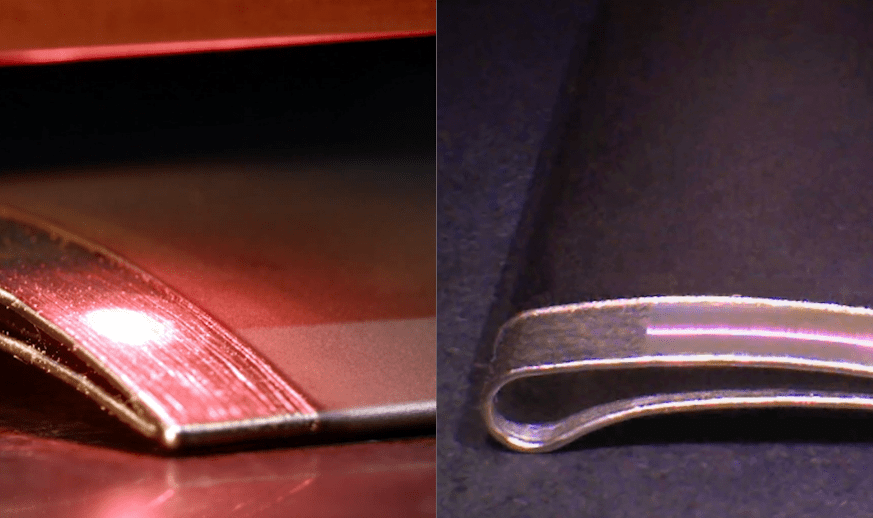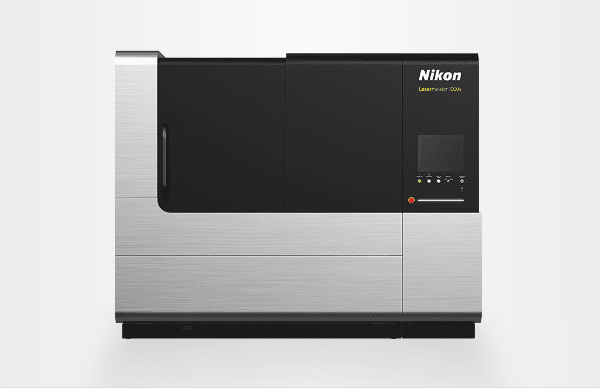Laser Machining
Laser machining, as the name implies, uses a laser to process materials. Materials such as plastics, metals, and ceramics are shaped, reduced, or finished by irradiation with a laser, which vaporizes the material.
A major characteristic of laser machining (also called laser beam machining) is that it enables precise processing. The area of the material where heat is applied is small, and unlike when a blade is used to cut the material, no pressure is applied to the surrounding area. This means that distortion and cracking around the cut area are unlikely to occur, enabling highly precise processing without destroying the material.
There are two types of lasers: continuous-wave (CW) lasers, which emit large constant output that continues uninterrupted, and pulsed lasers, which switch their output on and off in extremely short durations, like a blinking light. Pulsed lasers are primarily used for laser machining, because they enable more precise cutting.
Synonym
Laser Beam Machining
Related solutions


Ultra-high precision surface processing using a laser
Nikon's optical subtractive processing machine utilizes technologies…
See Details




